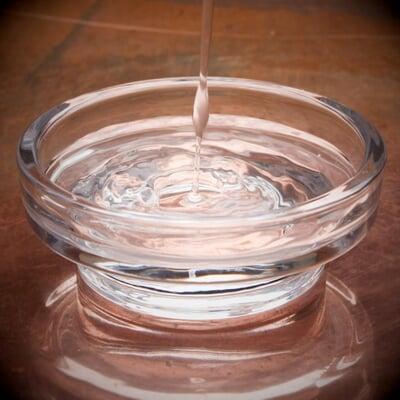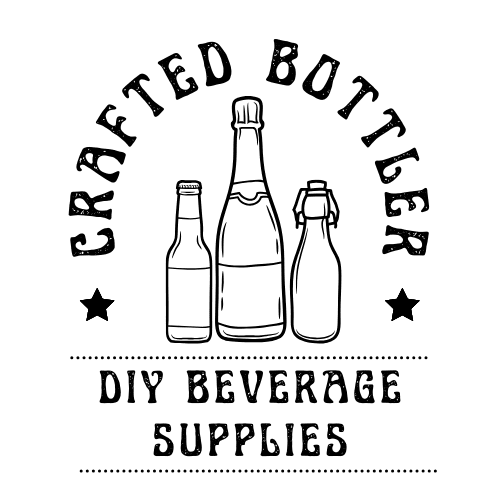Clearing Wine, Mead, Cider and More
One of the most common questions asked by Crafted Bottler customers is: "How do I clear my wine?" Read on for information about the most popular clarifiers used 1–2 weeks before bottling. These clarifiers are all excellent options, and we recommend them all. With this guide, you can choose the one that works best for you!

Sparkolloid
What is it?
Sparkolloid is a proprietary fining agent derived from alginic acid salt found in brown algae. It’s highly effective in settling fine suspended particles and also improves filter efficiency by compacting the lees more thoroughly.
How to use it:
- Always follow the package instructions for proper dosage.
- Prepare a solution by boiling water in a saucepan, adding the Sparkolloid powder, and stirring thoroughly for 5 minutes.
- Add the hot Sparkolloid solution to your wine while stirring continuously.
Timeframe:
Wines cleared with Sparkolloid can typically be bottled within 1–2 weeks.

Chitosan & Kieselsol
What are they?
These two fining agents are often sold and used together, forming a powerful combination:
- Chitosan: A positively charged fining made from chitin, found in the exoskeletons of crustaceans like shrimp and lobsters.
- Kieselsol: A negatively charged fining made from silicon dioxide (found in quartz).
How do they work?
When used together (as in products like DualFine or Super-Kleer), their opposite charges attract and collect suspended particles in the wine, quickly clearing it.
How to use them:
- Add Kieselsol first, stirring it gently into the wine after fermentation.
- Wait 24 hours, then add Chitosan and stir again.
Wines cleared with Kieselsol and Chitosan can typically be bottled within 1–2 weeks
Is it safe?
While their origins might sound unusual, rest assured these compounds remove haze-causing particles and settle to the bottom of the fermenter. When you rack or transfer your wine, they stay behind with the lees.

Isinglass
What is it?
Isinglass is a very pure gelatin made from the air bladders of sturgeon. It’s especially popular among home winemakers for clarifying white wines, as it doesn’t strip color as much as other protein-based fining agents like gelatin or casein (which I don’t recommend for wine).
Pros and Cons:
- Best for white wines, particularly oak-aged whites.
- Can leave a heavier deposit on the glass wall of your carboy, making racking slightly trickier.
How to use it:
- Isinglass is added straight from the package. Follow the directions for proper dosage.


